Adventurous Evolution of Photography
Photography
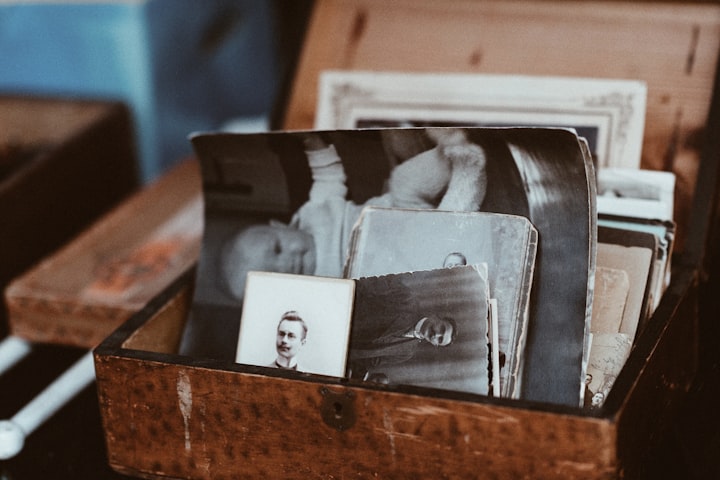
Technology has shaped photography in a myriad of ways. For one, the way that we capture and share images has shifted drastically. From film to digital cameras to social media, photography has seen an adventurous evolution. And when it comes to photography, technology isn’t just about capturing images; it’s also about creating them. With photo editing software and other creative tools at our disposal, we can craft photos that tell stories in ways that never before possible. In this blog post, we will explore how technology has shaped photography and how it can be used to create memorable images. We hope you enjoy reading as much as we enjoyed writing!
Early Days of Photography: The Daguerreotype
The daguerreotype was a revolutionary photographic process that was first invented in 1839 by Louis Jacques Mandé Daguerre. The process used light to create an image on a copper plate, which could then be exposed to mercury vapor to make a positive image that would last for up to twenty-five years. The early days of photography were marked by experimentation and innovation, with photographers experimenting with different techniques and materials to produce the best results.
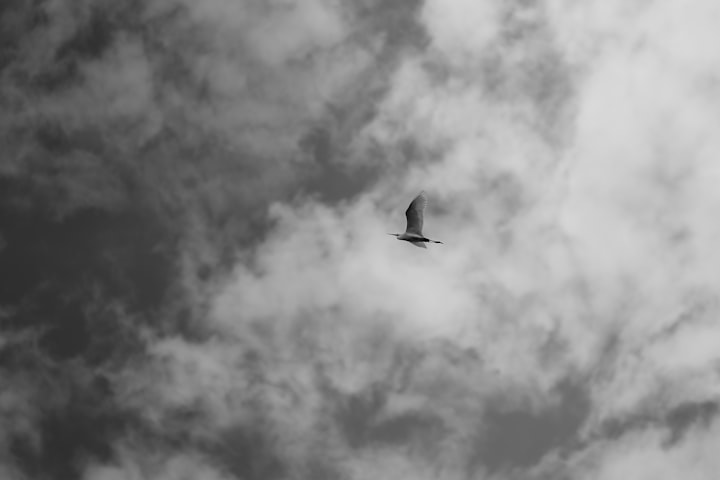
One of the pioneers of photography was Nicholas-Jacques Conte, who is credited with creating the first photographic portrait in 1825. His technique involved exposing a paper negative to light and then transferring the image onto oil-based paint, which allowed for much more realism than earlier methods. Other early pioneers of photography include William Henry Fox Talbot, Edward Steichen, and Auguste Rodin.
As technology progressed and new ways of capturing images were developed, photographers began to explore new subject areas and mediums. This led to innovations such as motion picture photography, digital imaging, and photojournalism. Today, there is still much experimentation going on in the world of photography, with new techniques being developed all the time to produce the best results possible.
The Birth of the Camera: The Positif
In 1839, French photographer Louis Daguerre invented the daguerreotype process, which used silver and copper plates to create an image on a sheet of flexible paper. This made photography possible for the first time, and it quickly became popular for portrait and landscape photography. However, it was not until the early 20th century that film photography began to take off as an alternative to traditional photography.
One of the main reasons why film photography was so successful was because it allowed photographers to capture images in a much more portable format than traditional photographs. This made it possible for photographers to take their work with them wherever they went, which allowed for a much greater degree of creativity and experimentation. Additionally, film cameras were able to produce high-quality images even in low light settings, which made them ideal for capturing scenes that would typically be difficult or impossible to photograph using traditional methods.
As technology progressed over the years, film cameras continued to evolve in order to meet the ever-growing demands of professional photographers. Today, there are many different types of film cameras available on the market, each with its own unique set of features and capabilities. Consequently, there is sure to be a camera that meets your specific needs no matter what type of photography you intend to pursue.
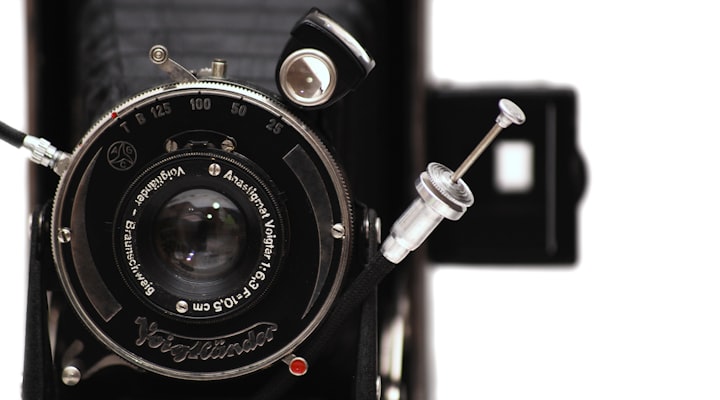
The Golden Age of Photography: The Processional Portrait
In the early 1800s, photography was a relatively new invention. It was not until the 1840s that people started to take pictures of people in processional settings. What made this era so special is that these portraits were usually taken by amateurs who were not trained in the art of photography. These amateur photographers captured a candid and natural look of people during important life moments.
One such photographer was Mathew Brady. He is known for his portraits of Ulysses S. Grant, Rutherford B. Hayes and other presidents during the American Civil War era. Brady's processional portraiture helped to define the formal portrait style that is still used today. His images are often ethereal and timeless, which makes them perfect for use in wedding albums or as part of history displays.
Today, professional photographers continue to capture beautiful processional photos with the same unique style that Brady pioneered over 150 years ago!

From Photojournalism to Fine Art: Analog and Digital Photography
Photojournalism has been a part of many people's lives for decades, and for good reason. It is an incredibly versatile form of photography that can capture a wide range of scenes and emotions. However, as technology changes so does the way photographers shoot photos.
Analog photography was once the only way to shoot photos, but with the advent of digital cameras, this has begun to change. Analog photography relies on film to create images, which results in much more detail and clarity than digital photography. However, analog photography is not without its downsides. Film requires time to process and can be difficult to work with. Additionally, analog photography is not always easy to share or share online.
As digital photography began to take over, photographers found themselves having to learn new techniques in order to produce quality images using digital cameras. This led many photographers towards fine art photojournalism, which focuses on producing images that are beautiful and delicate yet still convey complex stories. Fine art photojournalism allows for more flexibility in how photos are composed and also allows for photographers to experiment with different mediums such as paint or clay in order to create unique visuals.
Both analog and digital photography have their own strengths and weaknesses, but they have both helped shape the evolution of photography as we know it today.

Photography and Social Media- A Great Combination
As photographers, we often rely on social media to promote our work. However, with the rise of artificial intelligence (AI) in social media marketing, how do we ensure that our posts are effective?
The YT Lab, offers a panel focused on AI SMM. This is an opportunity for photographers to learn about the latest advances in AI and how it can be used to improve your marketing efforts. Our experts will discuss topics such as natural language processing and machine learning, which can help you craft more targeted content and ads.
By attending this panel, you'll be able to keep up with the latest trends in AI SMM and make sure your posts are engaging and effective. Register now and join us at The YT Lab for a fascinating discussion!
Conclusion
Photography has undergone an adventurous evolution over the years. From early days of taking pictures with a simple camera to capturing stunning landscapes and architecture, the medium has come a long way. In this article, we take a look at some of the more adventurous photography trends that are currently popular and explore why they are so captivating. Whether you're looking for new inspiration or just want to learn a bit more about one of your favorite genres, read on!

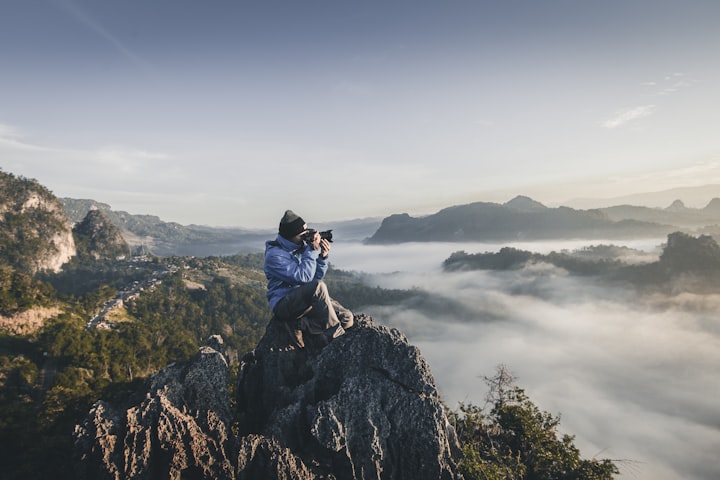
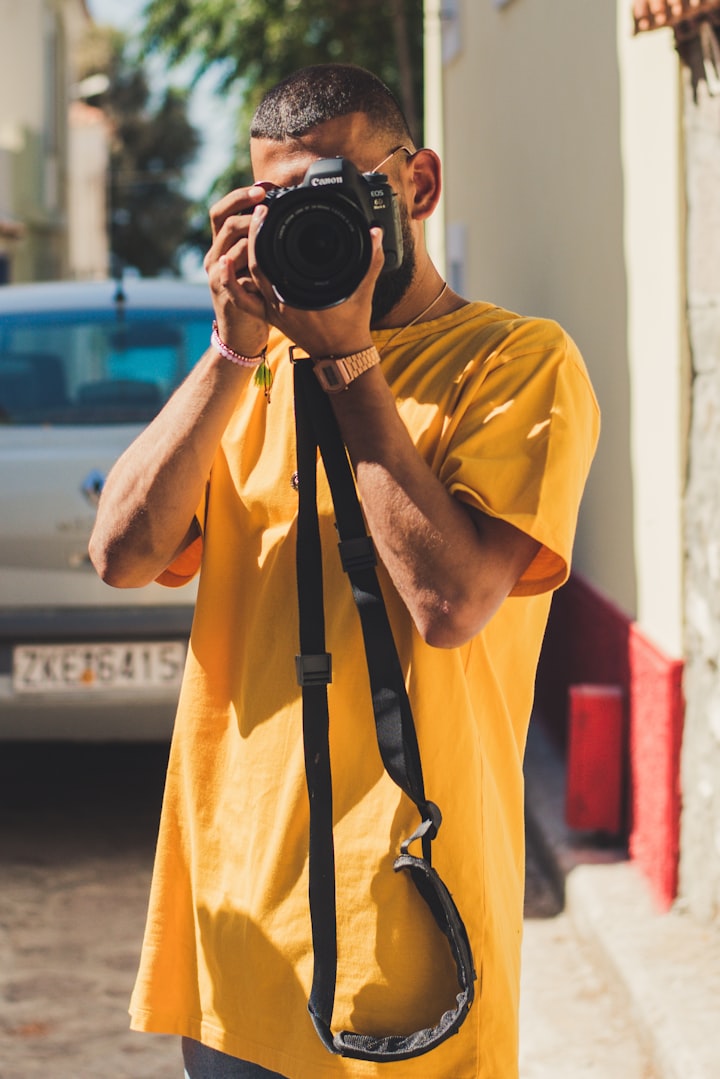


Comments
There are no comments for this story
Be the first to respond and start the conversation.